Join JPI UE
Faq
FAQ
Please click here for the frequently asked questions we collected.
If you have an additional questions you are welcome to mail us at info@jpi-urbaneurope.eu
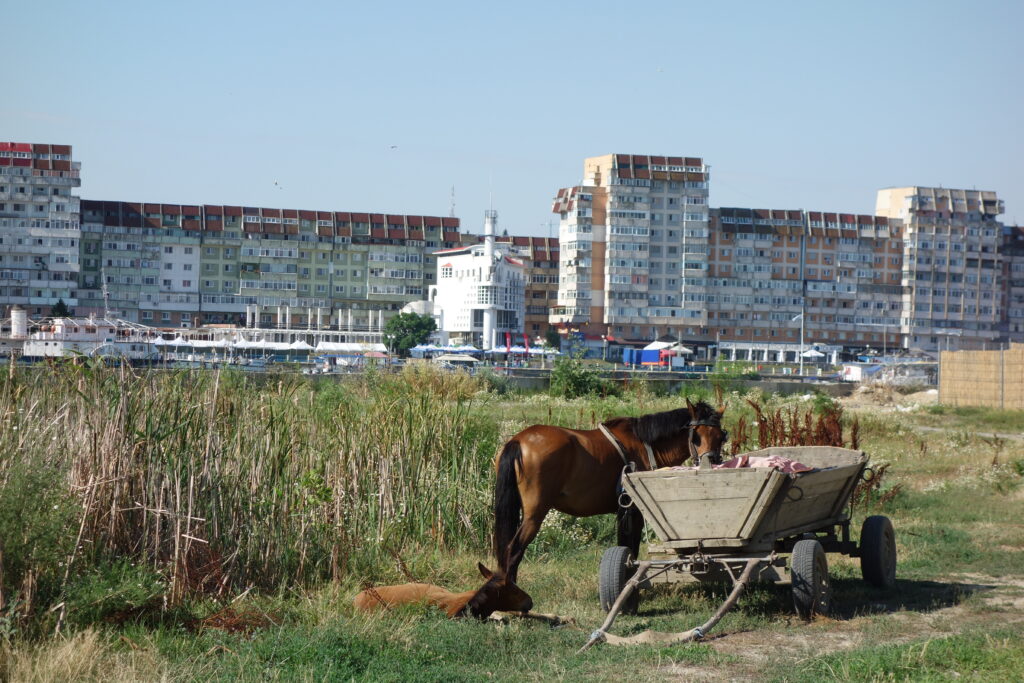
Designing urban environments that integrate the three systems of food, energy, and water is called the “nexus” approach. Envisioning the food-water-energy (FWE) nexus is difficult, especially its interrelations with everyday household concerns. It is complex and relies on the buy-in of both policy makers and citizens. But it is worth the extra mile. When an urban area’s food, energy and water systems are integrated, waste is reduced, efficiency is improved, and climate goals become easier to achieve.
This is why the Creating Interfaces project carried out “citizen science” (scientific data gathered by the general public, or “public participation in scientific research”). This way, you can both generate popular consent and knowledge, and at the same time help citizens voice their views and needs in sustainability transitions.
When food, energy and water systems are integrated, waste is reduced, efficiency is improved, and climate goals are more easily achieved.
“The idea of the FWE nexus was just too abstract for most local stakeholders and most citizens” says Pia. Simply put, the idea of the nexus by itself did not generate much interest. Food was soon proven a great entry point to build interest and care for the FWE-nexus, since it is a matter close to people’s everyday life.
The usefulness of focusing on food was particularly apparent in Wilmington (USA). Here, the researchers initially focused on the city’s energy needs, but this topic just did not connect with the citizens or with its institutions. By switching focus to food waste, the project team could connect with the city’s waste management agency and its environmental protection agency. Food is not necessarily the correct entry point for all similar projects, explains Pia, but “people get motivated when you link your work to their daily life and needs and in many cases, food is the most pressing and relatable need people have.”
In this interview we explore two Creating Interfaces outputs in particular:
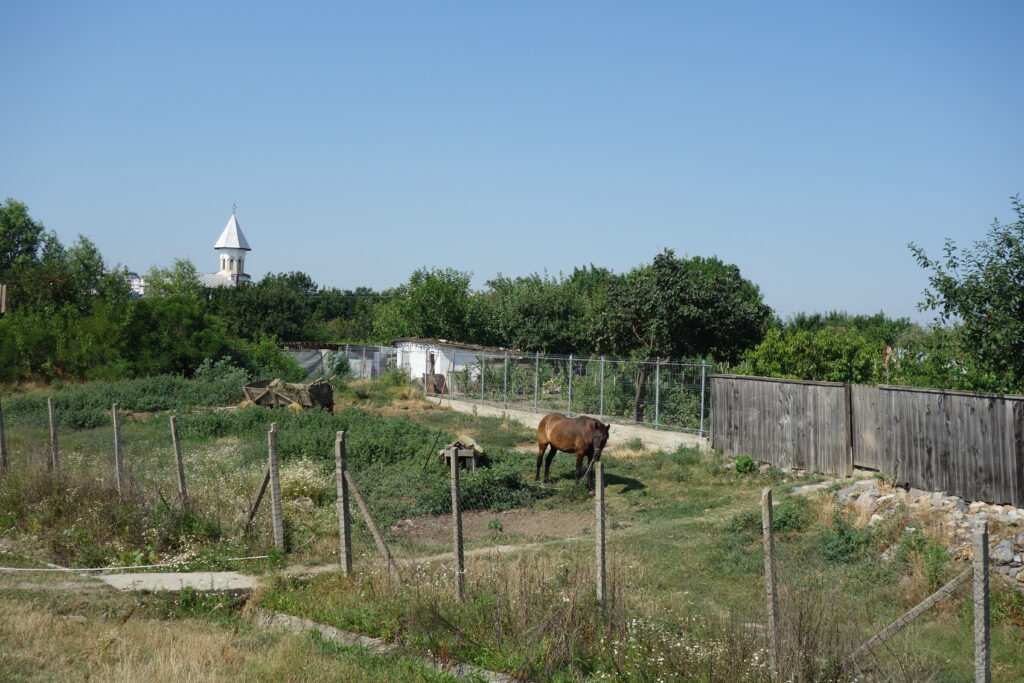
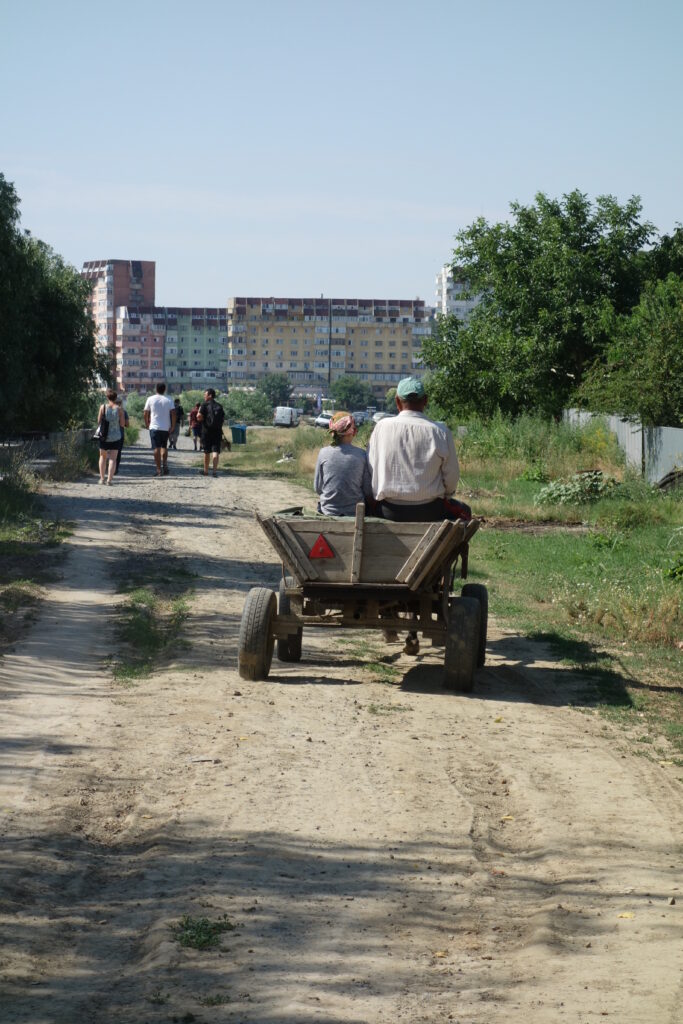
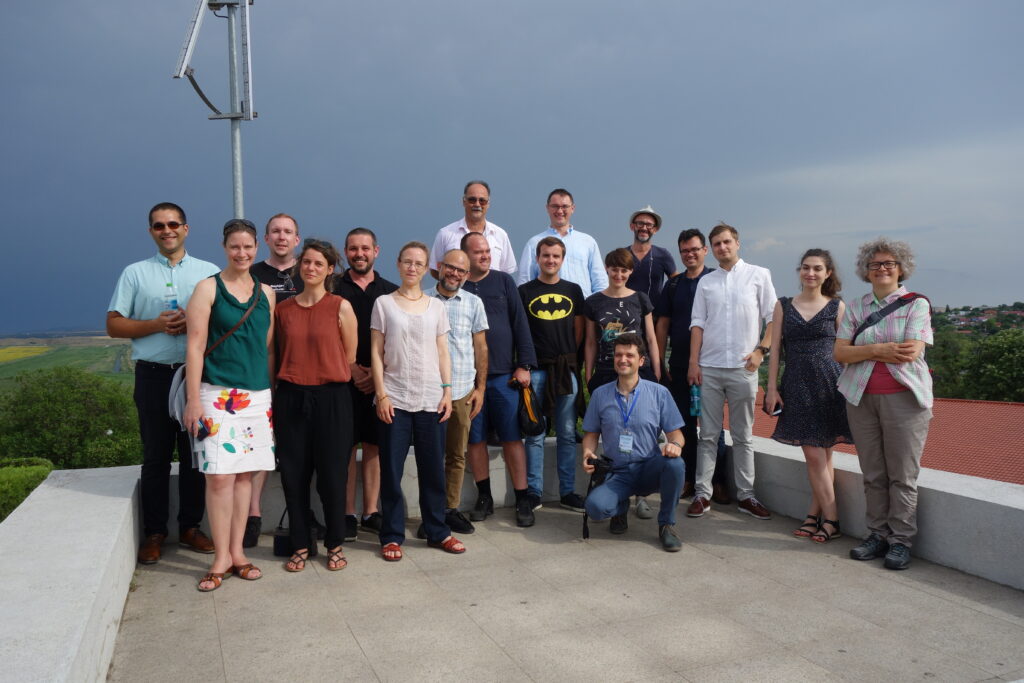
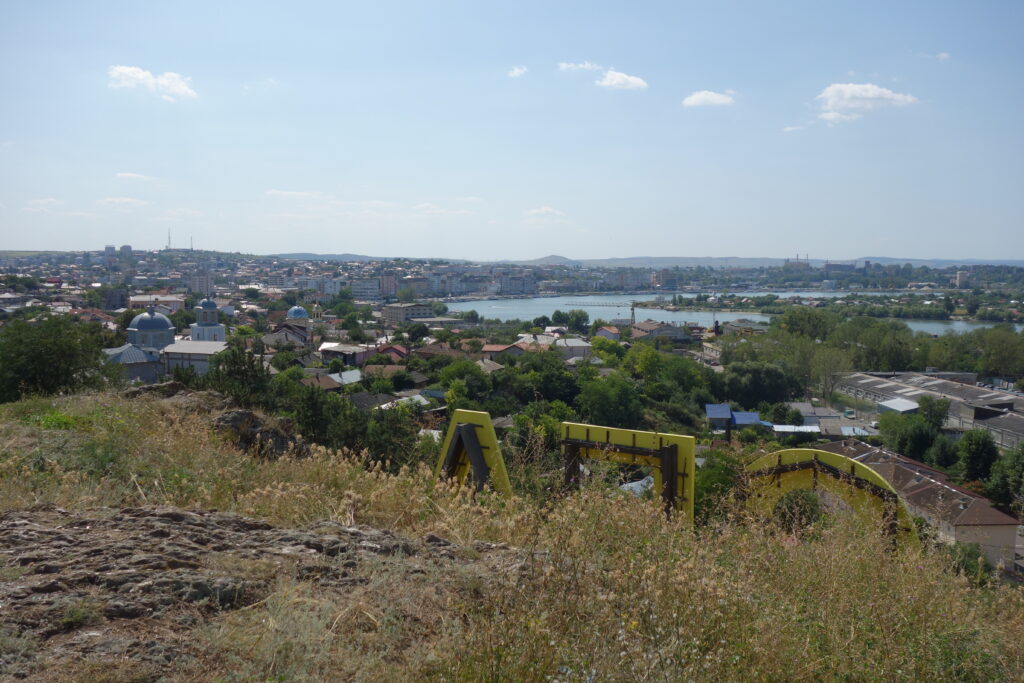
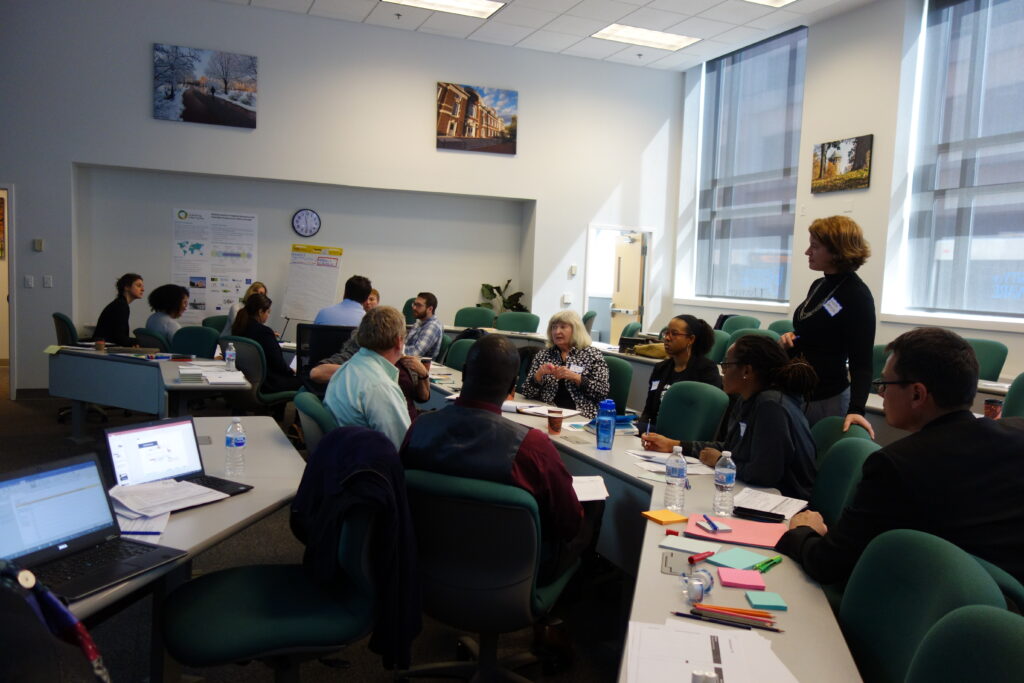
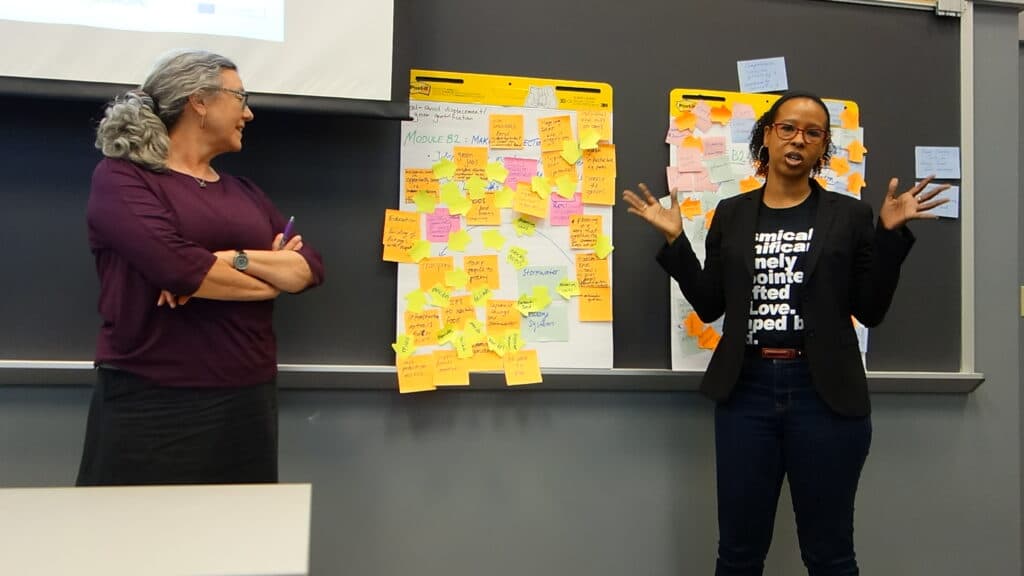
Having established food as an entry point, a link still had to be made with energy and water. The project team then used an innovative citizen science tool of their own creation. They created an app that both collects and provides data, and at the same time links citizens with decision makers. That way, decision makers can gain understanding of what citizens, in very concrete terms, need to lead a more sustainable life. The app also informs citizens of their local food, energy, and water systems- and how they interact. Creating Interfaces knows that citizens themselves are best placed to represent their own needs, meaning they can contribute to transformative research when included.
The app was designed using an open-source framework (called wq Framework), and can be used for a variety of topics, on a local level, and at the same time it is transferable. In both Slupsk (Poland) and Tulcea (Romania), the tool received a positive user response. In Slupsk, the app was used in kindergartens to inform parents about their kids’ lunch menus, such as nutrition and sustainability.
According to both city administrators and kindergarten stakeholders, the tool was “useful, easy to use, and well made”. In Tulcea it was adapted so small scale food producers could show decision makers their water and energy needs. That way, producers’ products could be brought to local markets in a viable way. At the same time it helped inform consumers on the advantages of buying local products.
The Tulcea team used Geographical Information System (GIS) software to successfully show the connections between food, energy, and water. They combined the GIS software with interviews to produce a map that gives decision makers a clear overview of the food producers’ energy- and water needs.
They conducted a mix of live and digital interviews with the food producers about their produce, how they grew it and what this required. By putting information from the participants into the GIS software, they generated a GIS map. The map displayed the geographical position of producers, their potential markets, and their potential customers. Decision makers can now use this information to calculate the costs of producing an irrigation system and the energy costs of maintaining that system, and bringing products to the market.
Now, thanks to the GIS map combined with the new app, consumers can both find local producers and see their supply.
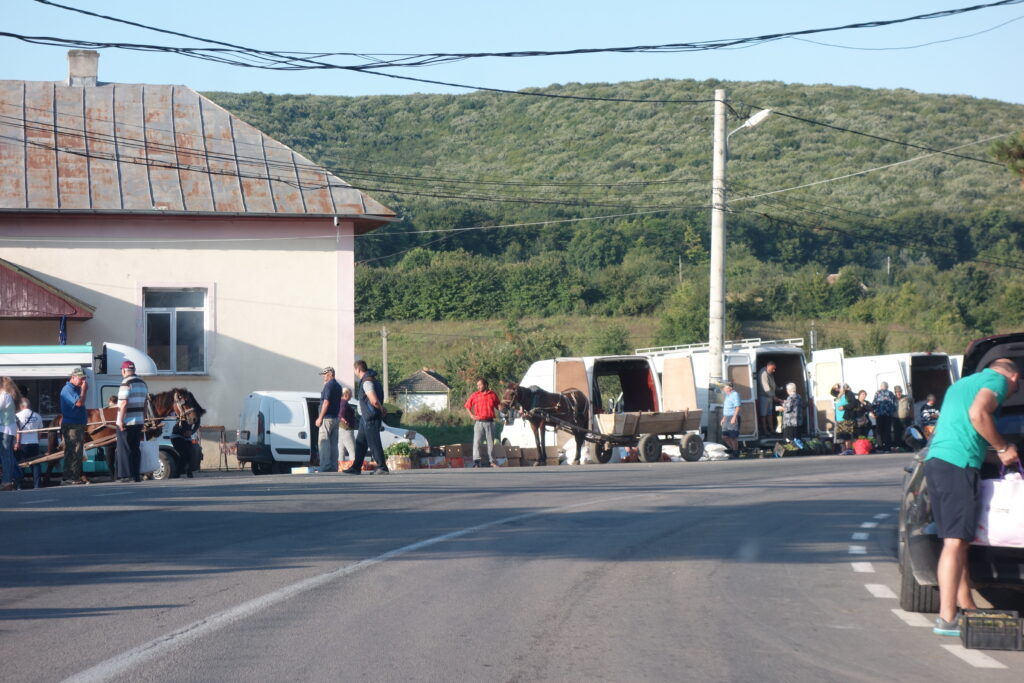
Creating Interfaces increased the visibility of local food producers in Tulcea. Many of the local food growers in Tulcea are subsistence growers, but they would like to supply to the market and scale-up. But that is difficult without consumer visibility. Now, thanks to the GIS map combined with the new app, consumers can both find local producers and see their supply. In fact, anyone living within a 30 km radius of Tulcea can now make purchases directly from these producers. The results from the interviews by Creating Interfaces have helped create a whole database of local producers. This data base will be introduced into the National Rural Development Network, so the local growers in Tulcea can reach more consumers.
The project found that visualisations, story maps, and participatory modelling help people relate to the idea of a nexus. Pia says that this starts with finding a theme that people can connect with easily: “In the Slupsk case, transparency was a key motivator for the stakeholders in charge of the kindergarten”. The citizen science tool/app allowed the kindergarten to show parents clearly what their children were eating and what impact this food had in terms of sustainability, whilst also giving the parents a chance to share their honest thoughts about the menu. When it comes to identifying these important themes, Pia states that Urban Living labs and participatory modelling in a community was proven succesful
The researchers also produced story maps for Slupsk, Tulcea, and Wilmington. Story maps are interactive maps and stories that show the complex relationship between a place and its food-energy-water systems. This involved creating visualisations for all three cities, and was carried out through a co-creation process with citizens and other stakeholders. The story maps make the nexus concept less abstract and grounds it in local concerns using familiar maps and images. They are living documents that can be edited at anytime, also beyond the lifetime of the project.
These story maps make the nexus concept less abstract and grounds it in local concerns using familiar maps and images
At the end of the interview, Pia and Iulian both agree that Creating Interfaces has contributed to the development of integrated thinking on food, energy, and water systems. In the short term, they have shown how the nexus concept can be approached in practice to gain benefits for cities, small businesses, and citizens’ daily life. In the long term, they have broken down barriers between citizens and decision makers. Co-creating integrated food-water-energy systems seems to bring mutual benefits and synergies and in a way, Creating Interfaces explored and introduced a different governance of joint resources.
Contact Creating Interfaces
Learn more and find similar projects